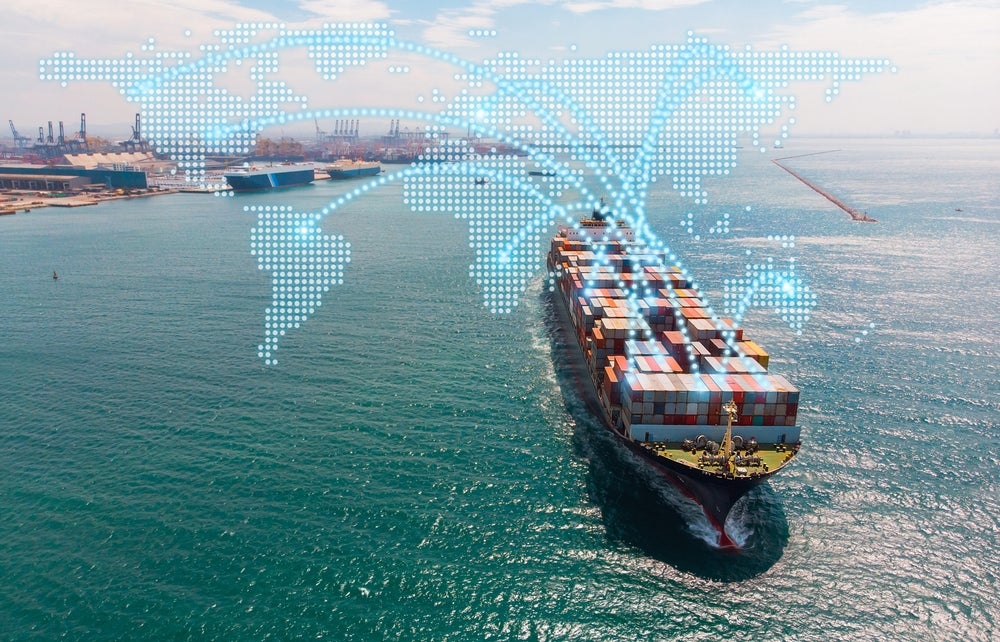Supply Trace 'first' openaccess platform to detect forced labour in US apparel supply chains just

A new open-access platform, Supply Trace, has been launched by Northeastern and Sheffield Hallam Universities to help identify forced labor risks in supply chains. The platform, currently in the pilot phase targeting the apparel sector, leverages data and machine learning algorithms to trace relationships between entities. Plans are in place to expand to other sectors and regions to address global concerns about human rights violations in supply chains.
Source: Link
Supply Trace FAQs
Supply Trace Frequently Asked Questions (FAQs)
1. What is Supply Trace?
- Supply Trace is an open-access platform developed to identify potential exposure to forced labor risks within US supply chains, particularly in the apparel sector.
2. Why was Supply Trace created?
- The platform was created to enhance the transparency of supply chains and help stakeholders identify and address instances of forced labor.
3. Is Supply Trace the first platform of its kind?
- According to the information provided, yes, Supply Trace is described as the 'first' open-access platform specifically geared towards detecting forced labor in US apparel supply chains.
4. Who can use Supply Trace?
- While specific users are not mentioned, typically such open-access platforms can be used by businesses, investors, regulators, and human rights organizations to assess and mitigate forced labor risks.
5. How does forced labor risk affect companies like Nike?
- For companies like Nike, forced labor risks can draw increased scrutiny from shareholders and other stakeholders if the company is perceived to be silent or inactive on addressing such concerns in its supply chain.
6. Are there any other tools or lists to help companies address forced labor?
- Yes, the U.S. Government provides resources such as the 2020 List of Goods Produced by Child Labor or Forced Labor to assist companies in understanding and dealing with labor abuses within their supply chains.
7. How are companies like Apple addressing labor issues in their supply chain?
- Companies like Apple have educational programs for supplier employees as part of their supply chain responsibility initiatives, as seen in the Apple Education Hub that was scaled in the first year for employees in the United States, China, India, and Vietnam.
8. Why is transparency important in supply chains?
- Transparency in supply chains is crucial in detecting unauthorized subcontracting and forced labor. It can boost business value by building trust with consumers and stakeholders, and by ensuring compliance with regulations and ethical standards.
9. Can forced labor exist beyond the first tier of a company's supply chain?
- Yes, as the 2021 Apparel and Footwear benchmark report indicates, there is less transparency below the first tier, but forced labor risks are just as prevalent in these lower tiers of supply chains.

